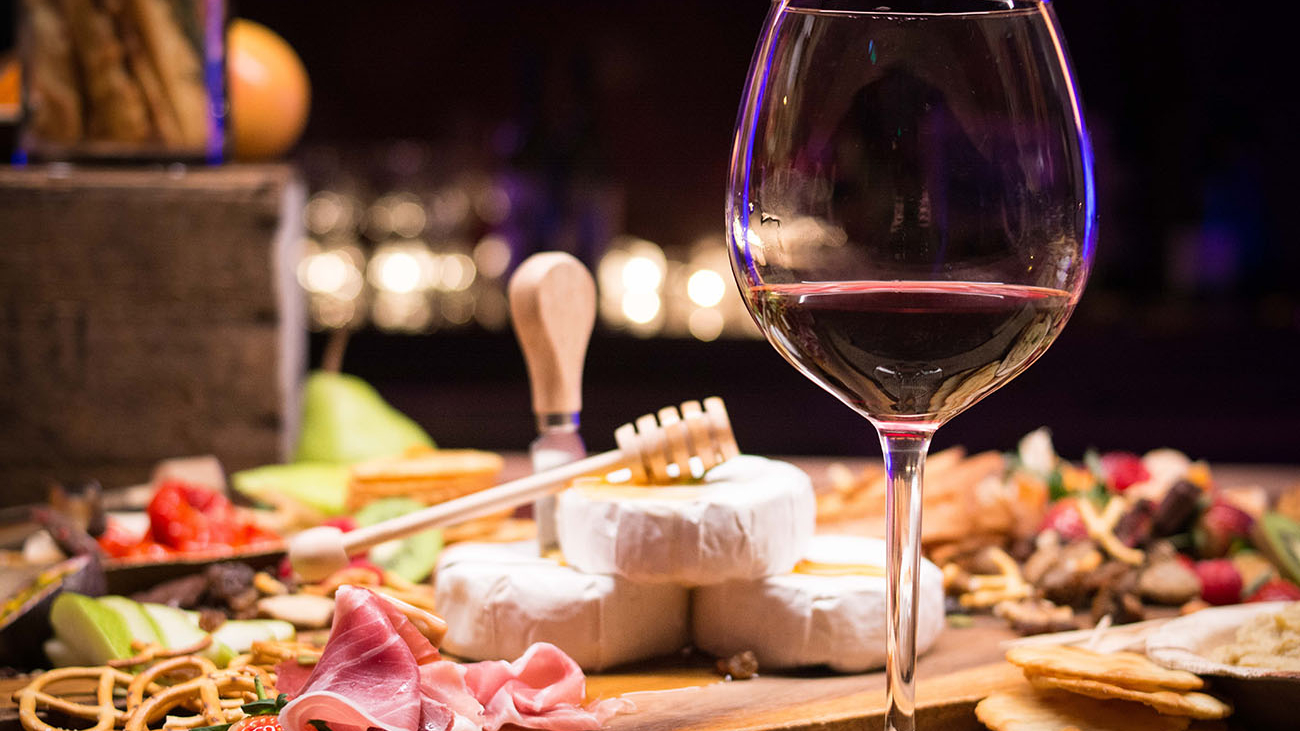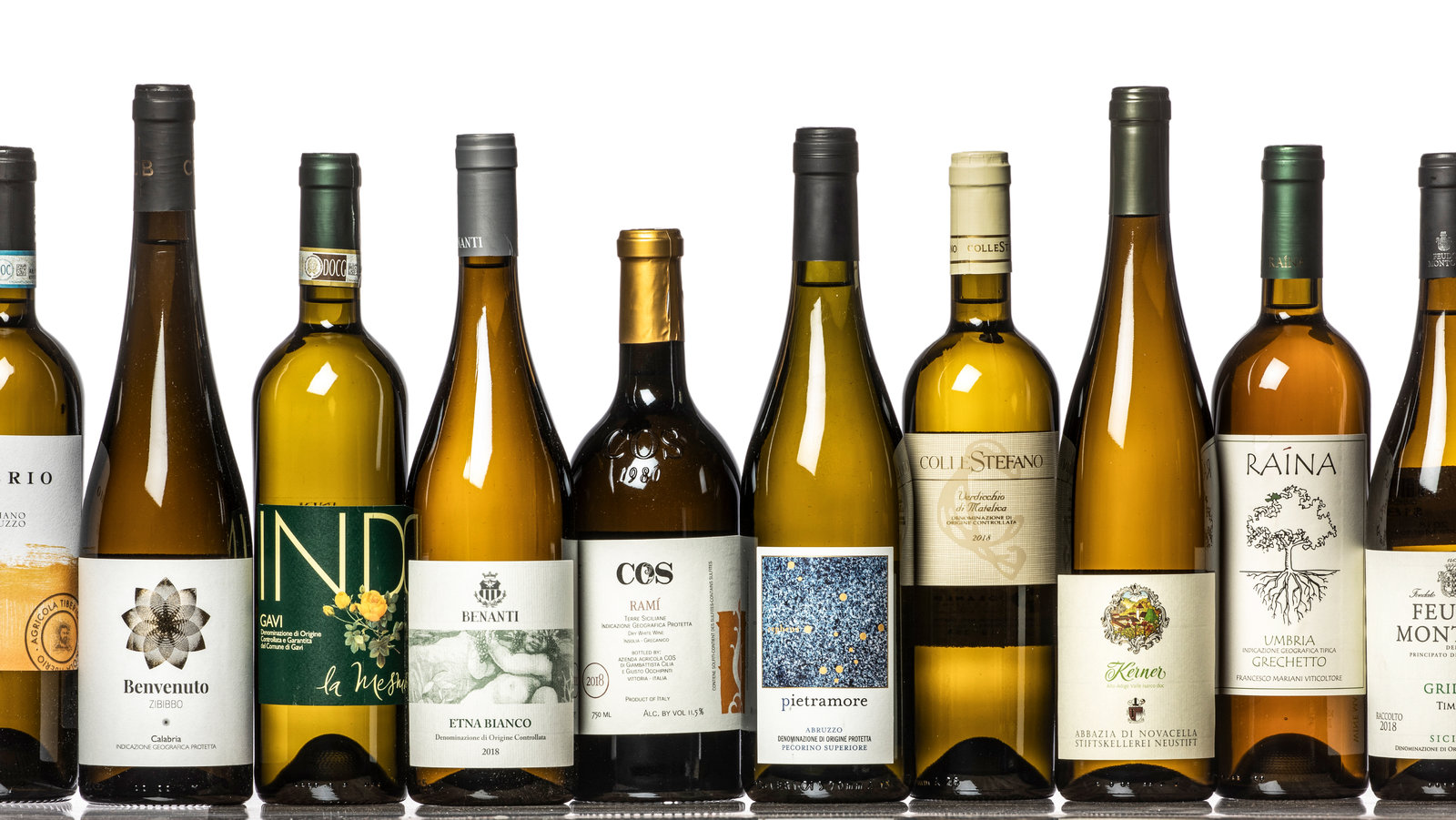So you want to become a wine pairing pro, do you? Well, you’ve come to the right place. Matching wine with food is an art form, but we’re going to break it down into a few easy basics so you’ll be pairing like a pro in no time. Think of your favorite meal – maybe a juicy steak, creamy pasta, or spicy stir fry. Now imagine taking a sip of wine with that dish and having the flavors blend in perfect harmony. That’s what we’re going for here. By the end of this guide, you’ll have the know-how to pick wines that will make your meals sing. Ready to get started? Let’s dive in and unlock the secrets to wine pairing mastery.
Wine 101: A Crash Course on the Basics
To pair wine successfully with food, you need to understand a few basics about wine. Let’s start with the two most common types: reds and whites.
Red wine is made from dark-colored grape varieties. It typically has medium to strong tannins, which give red wine its characteristic bitter taste. Reds pair well with heavier, fuller-flavored foods like red meat, pasta, and hard cheeses. Popular red varieties include Cabernet Sauvignon, Merlot, Pinot Noir, and Malbec.
White wine is made from green or yellow grapes. It tends to be crisp and acidic, with citrus or floral notes. Whites pair nicely with lighter fare like fish, chicken, salad, and soft cheeses. Common white wines include Chardonnay, Sauvignon Blanc, Pinot Grigio, and Riesling.
Another key factor is a wine’s sweetness or dryness. Sweet wines have higher sugar levels, while dry wines have little to no residual sugar. As a rule of thumb, pair sweeter wines with spicier or sweeter foods, and pair drier wines with milder or savory foods.
One last tip: consider regional pairings. For example, serve Sangiovese with Tuscan cuisine, Malbec with grilled steak, or Sauvignon Blanc with goat cheese salad. Exploring wines and foods from the same region often results in a perfect pairing.
With these basics under your belt, you’ll be well on your way to becoming a wine pairing pro. Now grab some glasses and start experimenting! Finding the right match for you is a fun journey of discovery.
Pairing Principles: Understanding Flavor Profiles and Complementary Characteristics
When it comes to pairing wine with food, a few basic principles can guide you. The key is to match the wine with the overall flavor and intensity of the dish.
Complementary flavors
Aim for complementary flavors, like pairing a citrusy Sauvignon Blanc with lemony fish or a berry-flavored Zinfandel with braised short ribs. The wine and food should enhance each other. Sweetness levels should also complement – pair a sweeter wine with a sweeter dish.
Weight and intensity
Match the weight and intensity of the wine to the food. Fuller-bodied red wines stand up well to hearty meats like steak, while lighter white or red wines pair nicely with salads or fish. More intense wines match well with strongly flavored foods.
Regional pairings
Some classic pairings originate from wine-growing regions. Think Pinot Noir with duck breast, Chianti with pasta, or Rioja with tapas. These regional pairings often work because the wines and local foods evolved together.
Acidity and tannins
Consider how the acidity and tannins in wine interact with food. Acidity cuts through fat and complements salty dishes. Tannic red wines soften when paired with protein-rich meats or creamy dishes.
With a little practice, you’ll be pairing wine with food like a pro. Follow your senses, think about complementary flavors and intensity levels, consider regional classics, and factor in how the components of the wines interact with the dish. The perfect match is out there – all it takes is an adventurous spirit! Happy pairing!
Food-Friendly Wines: Recommended Varietals for Popular Cuisines
When it comes to wine pairing, some varietals are more food-friendly than others. Here are some classic recommendations for popular types of cuisine:
Red wines
For red meats like steak or lamb, reach for a bold red wine like Cabernet Sauvignon, Malbec, or Syrah. Their intense flavors stand up well to the hearty, savory flavors of red meat.
For pasta with red sauce or pizza, an easy-drinking red like Sangiovese (Chianti), Barbera, or Dolcetto pairs nicely with the acidic tomato sauce and cheese.
White wines
For fish or shellfish, a crisp white wine is ideal. Sauvignon Blanc, Pinot Grigio, Albariño, and Chardonnay have bright citrus and stone fruit flavors that complement seafood.
For Asian cuisines like Thai or Chinese food, an off-dry Riesling or Gewürztraminer balances the sweet and spicy flavors of the dishes.
For cheese plates or appetizers, a versatile wine like Pinot Noir, Chardonnay, or Sauvignon Blanc has enough complexity and acidity to handle a range of flavors.
In the end, the most important thing is to experiment and find what you enjoy! Use the recommended pairings as a starting point, but don’t be afraid to venture off the beaten path. The key to successful food and wine pairing is complementing flavors and finding combinations that excite your taste buds. With practice, you’ll be pairing like a pro in no time.
Conclusion
So there you have it, a quick primer on the basics of wine pairing to get you started. Don’t worry about sticking strictly to the ‘rules’ find what you enjoy! The most important thing is simply to have fun with it. Try different wines with different dishes, keep notes on your favorites, and don’t be afraid to experiment. While some classic pairings have stood the test of time, you might just stumble upon a new favorite combination. The world of wine is vast, so get out there and explore. You’ve got the foundation now to confidently order a bottle of wine with your meal, so cheers to that! Pick a cuisine, choose a wine, and bon appetit!




バイアグラ通販おすすめ – バイアグラ еЂ‹дєєијёе…Ґ гЃЉгЃ™гЃ™г‚Ѓ г‚їгѓЂгѓ©гѓ•г‚Јгѓ«йЂљиІ© 安全